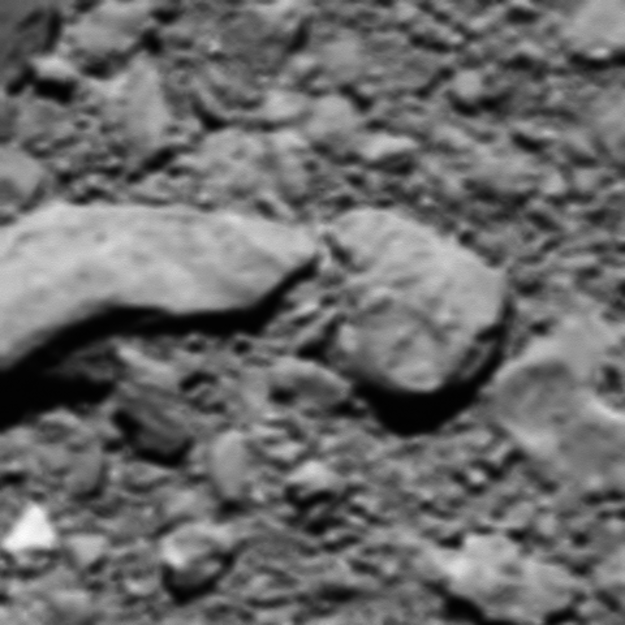Through the data collected by the Rosetta spacecraft, scientists were able to explain how the comet known as 67P was able to change its color. According to the scientists, this occurred when the comet was orbiting near the Sun.
The Rosetta is a robotic spacecraft that was officially launched in 2004 by the European Space Agency to study Comet 67P. About ten years after its launch, the spacecraft reached the comet. It was recognized as the first spacecraft to land on a comet.

Observations On Comet 67P
According to the scientists studying Rosetta's data, the comet changed its appearance from January 2015 to August 2016. During this period, the reddish shade on the comet's surface disappeared, revealing the space rock's bluish color. Then, the comet's color turned red again. According to the scientists, the changes in the comet's colors occurred as the space rock approached the Sun. This triggered a water cycle on the comet that affected its coma, which is the dust cloud surrounding the comet.
"Solar heating of a cometary surface provides the energy necessary to sustain gaseous activity, through which dust is removed," the scientists wrote in a new study published in Nature. "In this dynamical environment, both the coma and the nucleus evolve during the orbit, changing their physical and compositional properties."

Changing Colors of Comet 67P
As the comet approached the Sun, it crossed a boundary in its orbit known as the frost line. Once it got nearer to the massive star, the ice lining the surface of the comet began to turn into gas. As the gas dissipated into space, it blew away the outer layer of the comet, which is filled with reddish dust. This revealed the comet's bluish layer, which is composed of dust-free ice.
After passing by the Sun, the comet changed color once again. As it moved away from the giant star, the reddish dust from space settled once again on the surface of the comet.
"Spectral analysis indicates an enrichment of submicrometre grains made of organic material and amorphous carbon in the coma, causing reddening during the passage," the scientists stated. "At the same time, the progressive removal of dust from the nucleus causes the exposure of more pristine and bluish icy layers on the surface."








